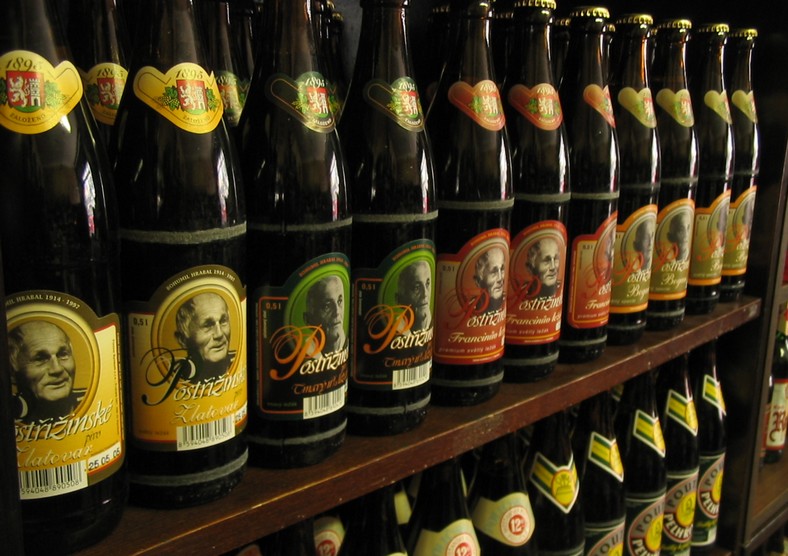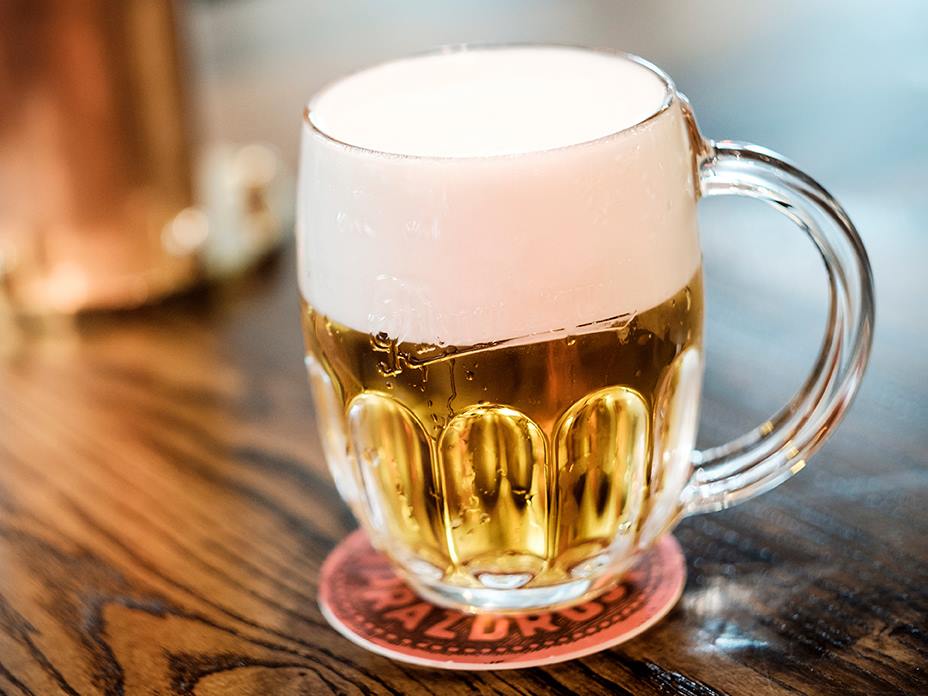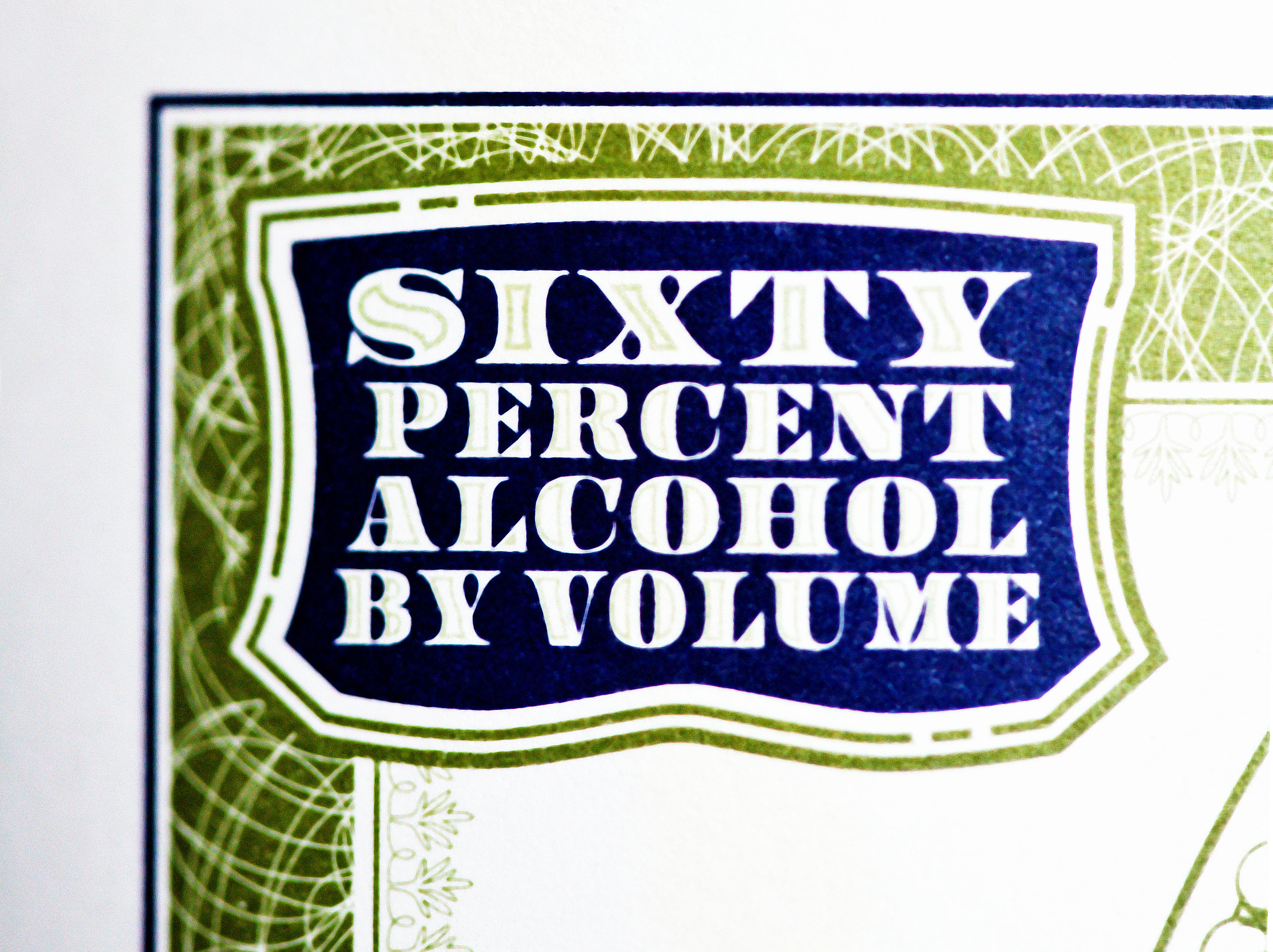|
Postřižinské
Postřižinské is a brand of beer produced by the brewery in Nymburk in the Czech Republic. Nymburk Brewery, founded in 1895, is with its annual production about 200 000 hectoliters among the medium-sized breweries. The name ''Postřižinské'' comes from Bohumil Hrabal's book ''Postřižiny'' (English as ''Cutting It Short''), later made into a well-known film ''Cutting It Short'' (1980) by Jiří Menzel. Bohumil Hrabal spent his childhood in Nymburk as a stepson of the brewery's manager. Brands *''Postřižinské Výčepní'' – a pale draught beer, with 3.5 % ABV. *''Postřižinské Pepinova desítka'' – a 10° pale draught beer, with 4.1% ABV. *''Postřižinské Tmavé'' – a 11° tmavé výčepní (dark beer) with 4.3% ABV. *''Postřižinské Jedenáctka'' – a 11° pale lager Lager (; ) is a Type of beer, style of beer brewed and Brewing#Conditioning, conditioned at low temperature. Lagers can be Pale lager, pale, Amber lager, amber, or Dark lager, dark. Pal ... [...More Info...] [...Related Items...] OR: [Wikipedia] [Google] [Baidu] |
Nymburk
Nymburk (; ) is a town in the Central Bohemian Region of the Czech Republic. It has about 16,000 inhabitants. It is situated on the Elbe River. The historic town centre is well preserved and is protected as an Cultural monument (Czech Republic)#Monument zones, urban monument zone. Administrative division Nymburk consists of five municipal parts (in brackets population according to the 2021 census): *Nymburk (13,944) *Drahelice (853) Etymology The name is derived from the Middle High German expression ''ze der Niuwen Burk'', meaning "at the new castle". The name was soon transcribed into Czech as Nymburk. Geography Nymburk is located about east of Prague. It lies in a flat landscape in the Central Elbe Table within the Polabí lowland. The town is situated on both banks of the Elbe River and lies at the confluence of the Elbe and Mrlina rivers. The Výrovka River briefly crosses the municipal territory in the southwest. History The town was founded around 1275 by King Ottokar II ... [...More Info...] [...Related Items...] OR: [Wikipedia] [Google] [Baidu] |
Bohumil Hrabal
Bohumil Hrabal (; 28 March 1914 – 3 February 1997) was a Czech Republic, Czech writer, often named among the best Czech writers of the 20th century. Early life Hrabal was born in Židenice (suburb of Brno) on 28 March 1914, in what was then the Margraviate of Moravia, province of Moravia within Austria-Hungary, to an unmarried mother, Marie Božena Kiliánová (1894–1970). According to the organisers of a 2009 Hrabal exhibition in Brno, his biological father was probably Bohumil Blecha (1893–1970), a teacher's son a year older than Marie, who was her friend from the neighbourhood. Marie's parents opposed the idea of their daughter marrying Blecha, as he was about to serve in the Austro-Hungarian Army.“Vítová: Hrabal dostal šest pětek, a v Brně skončil”, Brněnský deník, 29 March 2009 World War I started four months after Hrabal's birth, and Blecha was sent to the Italian Front (World War I), Italian front, before being invalided out of service.Novinky.cz, 31 O ... [...More Info...] [...Related Items...] OR: [Wikipedia] [Google] [Baidu] |
Nymburk Brewery
Nymburk (; ) is a town in the Central Bohemian Region of the Czech Republic. It has about 16,000 inhabitants. It is situated on the Elbe River. The historic town centre is well preserved and is protected as an urban monument zone. Administrative division Nymburk consists of five municipal parts (in brackets population according to the 2021 census): *Nymburk (13,944) *Drahelice (853) Etymology The name is derived from the Middle High German expression ''ze der Niuwen Burk'', meaning "at the new castle". The name was soon transcribed into Czech as Nymburk. Geography Nymburk is located about east of Prague. It lies in a flat landscape in the Central Elbe Table within the Polabí lowland. The town is situated on both banks of the Elbe River and lies at the confluence of the Elbe and Mrlina rivers. The Výrovka River briefly crosses the municipal territory in the southwest. History The town was founded around 1275 by King Ottokar II. Throughout the Middle Ages it was one of the mo ... [...More Info...] [...Related Items...] OR: [Wikipedia] [Google] [Baidu] |
Beer
Beer is an alcoholic beverage produced by the brewing and fermentation of starches from cereal grain—most commonly malted barley, although wheat, maize (corn), rice, and oats are also used. The grain is mashed to convert starch in the grain to sugars, which dissolve in water to form wort. Fermentation of the wort by yeast produces ethanol and carbonation in the beer. Beer is one of the oldest and most widely consumed alcoholic drinks in the world, and one of the most popular of all drinks. Most modern beer is brewed with hops, which add bitterness and other flavours and act as a natural preservative and stabilising agent. Other flavouring agents, such as gruit, herbs, or fruits, may be included or used instead of hops. In commercial brewing, natural carbonation is often replaced with forced carbonation. Beer is distributed in bottles and cans, and is commonly available on draught in pubs and bars. The brewing industry is a global business, consisting of several ... [...More Info...] [...Related Items...] OR: [Wikipedia] [Google] [Baidu] |
Beer Brands Of The Czech Republic
Beer is an alcoholic beverage produced by the brewing and fermentation of starches from cereal grain—most commonly malted barley, although wheat, maize (corn), rice, and oats are also used. The grain is mashed to convert starch in the grain to sugars, which dissolve in water to form wort. Fermentation of the wort by yeast produces ethanol and carbonation in the beer. Beer is one of the oldest and most widely consumed alcoholic drinks in the world, and one of the most popular of all drinks. Most modern beer is brewed with hops, which add bitterness and other flavours and act as a natural preservative and stabilizing agent, stabilising agent. Other flavouring agents, such as gruit, herbs, or fruits, may be included or used instead of hops. In commercial brewing, natural carbonation is often replaced with forced carbonation. Beer is Beer distribution, distributed in bottles and cans, and is commonly available on Draught beer, draught in pubs and bars. The brewing industry is ... [...More Info...] [...Related Items...] OR: [Wikipedia] [Google] [Baidu] |
Beer In The Czech Republic
Beer () has a long history in what is now the Czech Republic, with brewing taking place in Břevnov Monastery in 993. The city of Brno had the right to brew beer from the 12th century, while Plzeň and České Budějovice (Pilsen and Budweis in German), had breweries in the 13th century. The most common Czech beers are pale lagers of the pilsner type, with a characteristic transparent golden colour, high foaminess, and lighter flavour. The Czech Republic has the highest beer consumption per capita in the world. The largest Czech beer breweries are Pilsner Urquell ( Plzeňský prazdroj, Gambrinus, Radegast, Master); Staropramen (Staropramen, Ostravar, Braník, Velvet); and Budweiser Budvar. Other top-selling brands include Krušovice, Starobrno, Březňák, Zlatopramen, Lobkowicz, Bernard, and Svijany. History During the Middle Ages, the Church began to brew beer on Czech territory. Among the oldest monastery breweries in Bohemia were Libušinka in Prague, at th ... [...More Info...] [...Related Items...] OR: [Wikipedia] [Google] [Baidu] |
Lager
Lager (; ) is a Type of beer, style of beer brewed and Brewing#Conditioning, conditioned at low temperature. Lagers can be Pale lager, pale, Amber lager, amber, or Dark lager, dark. Pale lager is the most widely consumed and commercially available style of beer. The term "''lager''" comes from the German word for "storage", as the beer was stored before drinking, traditionally in the same cool caves in which it was fermented. As well as maturation in Refrigeration, cold storage, most lagers are distinguished by the use of ''Saccharomyces pastorianus'', a "bottom-fermenting" yeast that ferments at relatively cold temperatures. Etymology Until the 19th century, the German language, German word ''Lagerbier'' (:de:Lagerbier, de) referred to all types of top and bottom fermenting yeast, bottom-fermented, cool-conditioned beer in normal strengths. In Germany today, it mainly refers to beers from southern Germany, either "''Helles''" (pale) or "''Dunkel#Munich Dunkel, Dunkles''" (da ... [...More Info...] [...Related Items...] OR: [Wikipedia] [Google] [Baidu] |
Beer In The Czech Republic
Beer () has a long history in what is now the Czech Republic, with brewing taking place in Břevnov Monastery in 993. The city of Brno had the right to brew beer from the 12th century, while Plzeň and České Budějovice (Pilsen and Budweis in German), had breweries in the 13th century. The most common Czech beers are pale lagers of the pilsner type, with a characteristic transparent golden colour, high foaminess, and lighter flavour. The Czech Republic has the highest beer consumption per capita in the world. The largest Czech beer breweries are Pilsner Urquell ( Plzeňský prazdroj, Gambrinus, Radegast, Master); Staropramen (Staropramen, Ostravar, Braník, Velvet); and Budweiser Budvar. Other top-selling brands include Krušovice, Starobrno, Březňák, Zlatopramen, Lobkowicz, Bernard, and Svijany. History During the Middle Ages, the Church began to brew beer on Czech territory. Among the oldest monastery breweries in Bohemia were Libušinka in Prague, at th ... [...More Info...] [...Related Items...] OR: [Wikipedia] [Google] [Baidu] |
Alcohol By Volume
Alcohol by volume (abbreviated as alc/vol or ABV) is a common measure of the amount of Alcohol (drug), alcohol contained in a given alcoholic beverage. It is defined as the volume the ethanol in the liquid would take if separated from the rest of the solution, divided by the volume of the solution, both at . Pure ethanol is lighter than water, with a density of . The alc/vol standard is used worldwide. The International Organization of Legal Metrology has ethanol (data page)#Properties of aqueous ethanol solutions, tables of density of water–ethanol mixtures at different concentrations and temperatures. In some countries, e.g. France, alcohol by volume is often referred to as degrees Gay-Lussac (after the French chemist Joseph Louis Gay-Lussac), although there is a slight difference since the Gay-Lussac convention uses the International Standard Atmosphere value for temperature, . Volume change Mixing two solutions of alcohol of different strengths usually causes a change in ... [...More Info...] [...Related Items...] OR: [Wikipedia] [Google] [Baidu] |
Jiří Menzel
Jiří Menzel () (23 February 1938 – 5 September 2020) was a Czech film director, theatre director, actor, and screenwriter. His films often combine a humanistic view of the world with sarcasm and provocative cinematography. Some of these films are adapted from works by Czech writers such as Bohumil Hrabal and Vladislav Vančura. Early life Menzel was born in Prague in 1938 to Josef Menzel and Božena Jindřichová. His father Josef was a journalist, translator and children's book writer. Menzel studied directing at the Film and TV School of the Academy of Performing Arts in Prague (FAMU) in Prague. His teachers at the academy included Czech Director Otakar Vávra. Career Menzel was a member of the Czech New Wave cinema in the 1960s. His first feature film, '' Closely Watched Trains'', won the Academy Award for Best Foreign Language Film in 1967. The film was a World War II drama based on a book by Bohumil Hrabal. His film '' Larks on a String'' was filmed in 1969, b ... [...More Info...] [...Related Items...] OR: [Wikipedia] [Google] [Baidu] |
Pale Ale
Pale ale is a golden to amber coloured beer style brewed with pale malt. The term first appeared in England around 1703 for beers made from malts dried with high-carbon coke, which resulted in a lighter colour than other beers popular at that time. Different brewing practices and hop quantities have resulted in a range of tastes and strengths within the pale ale family. Pale ale is a kind of ale. History Coke had been first used for dry roasting malt in 1642, but it was not until around 1703 that the term ''pale ale'' was first applied to beers made from such malt. By 1784, advertisements appeared in the ''Calcutta Gazette'' for "light and excellent" pale ale. By 1830, the expressions ''bitter'' and ''pale ale'' were synonymous. Breweries tended to designate beers as "pale ales", though customers would commonly refer to the same beers as "bitters". It is thought that customers used the term ''bitter'' to differentiate these pale ales from other less noticeably hopped be ... [...More Info...] [...Related Items...] OR: [Wikipedia] [Google] [Baidu] |







